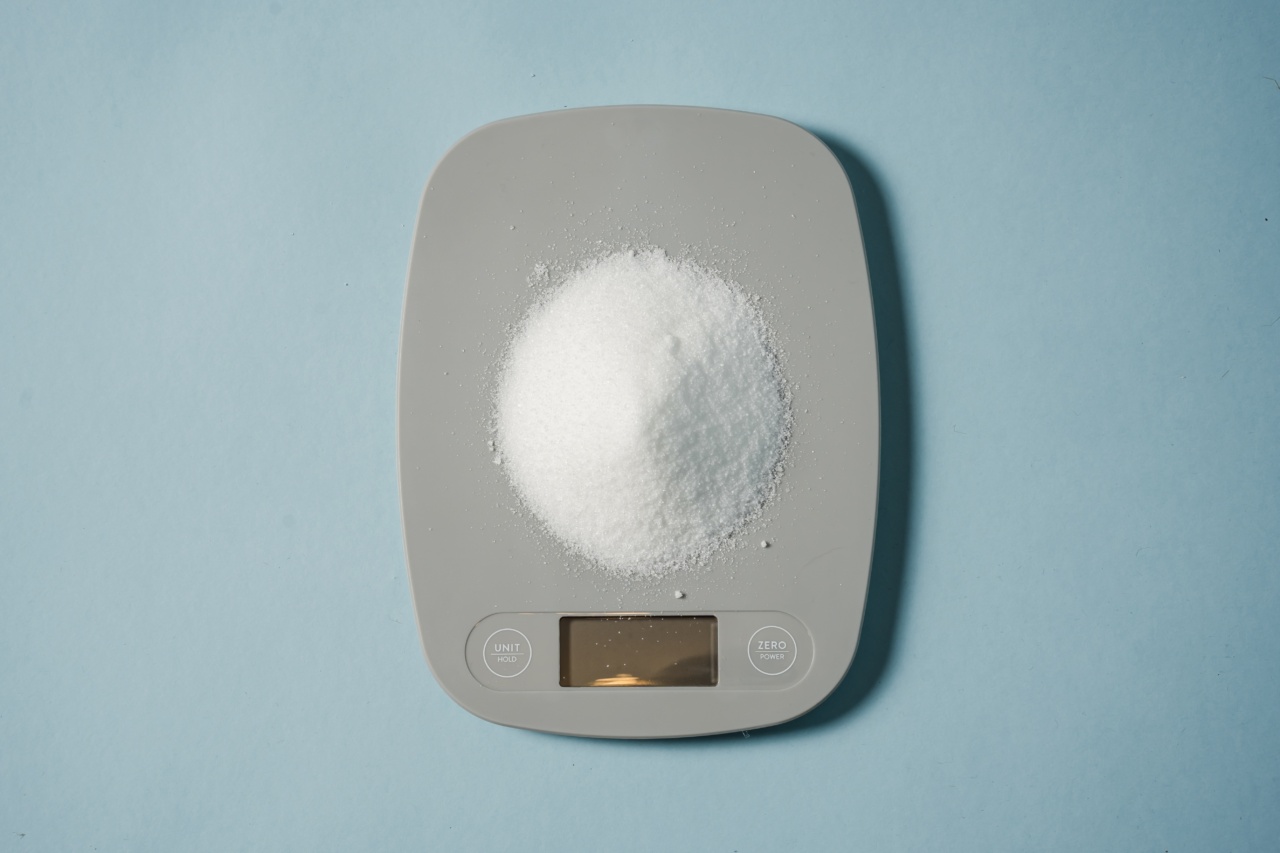Maintaining a healthy weight and managing portion control are crucial aspects of a balanced diet. However, with super-sized meals and never-ending grazing options, it can be challenging to control the amount of food we consume.
Portion control plays a vital role in managing calorie intake, preventing overeating, and promoting overall well-being. Here are some intelligent techniques to help you stay on track with your food portions:.
1. Use Smaller Plates and Bowls
Believe it or not, the size of your plate can influence the amount of food you consume. When using large plates, we tend to serve ourselves more since the empty space on the plate tricks our brain into thinking we haven’t had enough.
Downsize your plates and bowls to effectively control your portions. Opt for smaller plates that can accommodate a reasonable amount of food, creating the illusion of a full plate while consuming fewer calories.
2. Measure Your Food
Portion control often goes wrong because we tend to estimate serving sizes inaccurately. Invest in a kitchen scale or use measuring cups and spoons to measure your food accurately.
It may seem tedious at first, but with time, you will develop a better understanding of portion sizes and be able to gauge them visually.
3. Be Mindful of Calorie-Dense Foods
Some foods are more calorie-dense than others, meaning they contain a higher number of calories per gram. These include fatty meats, oils, nuts, and certain dairy products.
While these foods provide essential nutrients, it’s crucial to consume them in moderation. Be aware of the portion sizes for calorie-dense foods and adjust the rest of your meal accordingly to maintain a balanced intake.
4. Divide Your Plate
The division of your plate can help control portion sizes and ensure a well-balanced meal. Use the “plate method” to divide your plate into sections. Fill half of your plate with non-starchy vegetables like broccoli, spinach, or carrots.
Allocate a quarter of the plate to lean protein sources like chicken, fish, or tofu. Use the remaining quarter for whole grains or starchy vegetables such as brown rice or sweet potatoes. This method provides a visual reminder of appropriate portion sizes and ensures a nutrient-rich plate.
5. Slow Down and Chew Thoroughly
Eating too quickly can lead to overeating as your brain doesn’t have enough time to register fullness. Take the time to savor each bite and chew your food thoroughly.
Chewing properly not only aids digestion but also allows your brain to receive signals of satiety more effectively. Put your utensils down between bites, engage in conversation, and enjoy the overall dining experience.
6. Understand Hunger vs. Emotional Cravings
It’s essential to differentiate between physical hunger and emotional cravings. Emotional eating often leads to larger portion sizes and the consumption of unhealthy foods.
The next time you feel the urge to eat, ask yourself if you are truly hungry or just fulfilling an emotional need. Engage in alternative activities like going for a walk, reading a book, or practicing relaxation techniques to distract yourself from emotional cravings and maintain portion control.
7. Cook at Home
When you cook at home, you have complete control over the ingredients and portion sizes of your meals. Restaurants and take-out meals tend to offer larger portions loaded with hidden fats and sugars.
Plan your meals in advance, use fresh ingredients, and experiment with herbs and spices to enhance flavor without adding excessive calories. Cooking at home allows you to tune into your body’s needs and tailor portion sizes to suit your requirements.
8. Pack Snacks Wisely
Snacking can be a significant contributor to calorie intake if not managed appropriately. Instead of mindlessly munching from large bags or containers, portion out your snacks beforehand.
Divide them into individual serving sizes in reusable containers, making it convenient to grab a pre-portioned snack when hunger strikes. This technique prevents overeating and helps you stay in control of your overall calorie intake.
9. Opt for Fiber-Rich Foods
Fiber-rich foods can help control your appetite and prevent overeating. They add bulk to your meals, making you feel fuller for longer. Include foods like fruits, vegetables, whole grains, and legumes in your diet to increase your fiber intake.
Not only do these foods support portion control, but they also support a healthy digestive system and provide essential nutrients.
10. Practice the 80/20 Rule
Allowing yourself some flexibility is vital in maintaining portion control and preventing feelings of deprivation. Instead of strictly limiting your food choices, practice the 80/20 rule.
Aim to consume nutritious, portion-controlled meals and snacks 80% of the time, leaving room for occasional indulgences. This approach ensures a healthy balance between mindful eating and enjoying your favorite treats guilt-free.






























